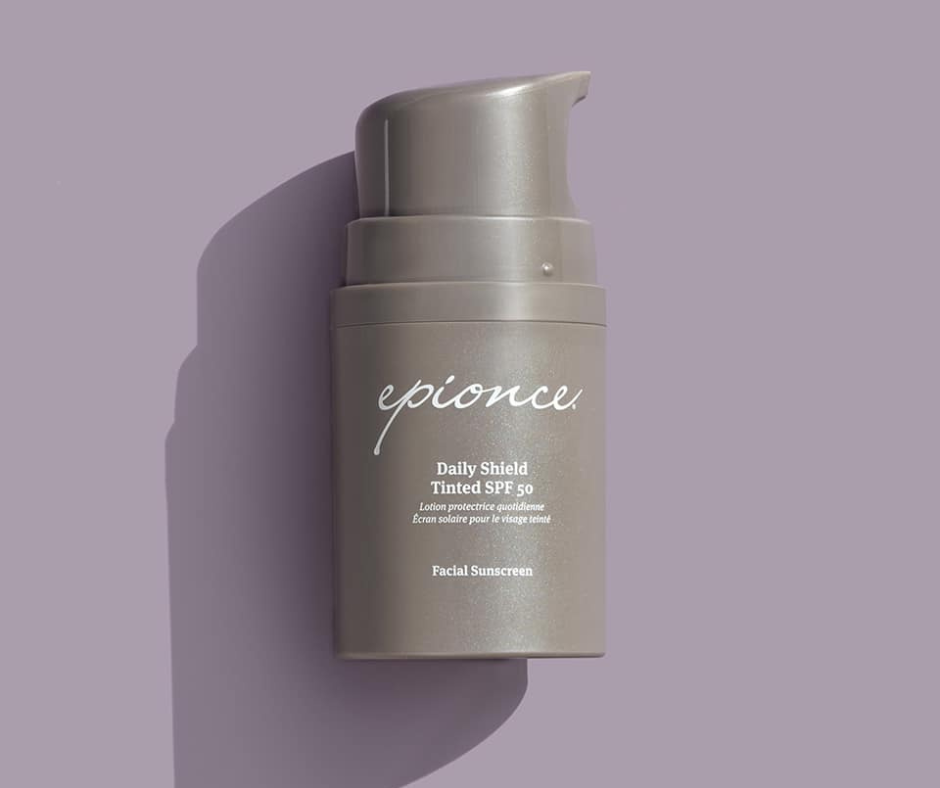Looking to bask in that golden glow of summer? If so, you’re not alone. And, while the sun can make for a blissful, relaxing afternoon, overexposure can be dangerous, and understanding the UV index can help you stay safe.
Fortunately, you don’t have to navigate this process alone.
In this detailed guide, we’ll help you understand the UV index. We’ll also emphasize the importance of being sun smart and protecting your skin from harmful UV rays.
Understanding the UV Index
The National Weather Service (NWS) and the Environmental Protection Agency (EPA) developed the UV index. Today, the UV index measures the sun’s ultraviolet (UV) radiation strength.
This metric offers daily forecasts that indicate the potential for sun damage and assists individuals in assessing the necessary level of sun protection based on the intensity of UV rays.
UV levels vary with the time of day, season, and weather.
As a general rule, the sun’s rays are strongest between 10 AM and 4 PM. This doesn’t mean you’re off the hook after 4 PM or that you’re safe on cloudy days; UV rays can still reach you and cause harm.

Divisions of the UV Index
Divisions of the UV Index are essential to understand the varying levels of sun exposure risk.
Here’s what you need to know:
- Low: A UV index reading of 0-2.
- Moderate: A reading of 3-5.
- High: A reading of 6-7.
- Very High: A reading of 8-10.
- Extreme: A reading of 11 or more.
Still not sure how it works?
Simple:
The higher the UV index, the stronger the sun’s rays.
With this in mind, be sure you adjust your sun protection routines accordingly. During a low UV index, you may be safe from the sun in a casual shirt. During extreme index times, however, we recommend immediate precautions, like seeking shade.
Sun Protection Best Practices

- Monitor the UV Index: Regularly check the UV index forecast to plan outdoor activities more safely. The UV index can change throughout the day, so it’s important to check often.
- Wear Protective Clothing: Choose clothing that covers as much skin as possible, such as long-sleeved shirts and pants. Dark or tightly woven fabrics offer better protection than light-colored or loosely woven clothes.
- Use Sunscreen: Apply sunscreen with an SPF of at least 30 to all exposed skin. Reapply every two hours or after swimming or sweating.
- Seek Shade: The sun’s rays are strongest between 10 am and 4 pm, so try to limit outdoor activities during this time. If you must be outside, seek shade under a tree, umbrella, or other shelter.
- Dress Appropriately: Cover skin with dark, tightly woven clothing that covers arms and legs, and wear a broad-brimmed hat.
- Protect Your Eyes: Wear sunglasses that block both UVA and UVB rays to protect your eyes from long-term damage.
- Avoid Tanning: Skip tanning beds and sunbathing; opt for self-tanning products if a tan is desired.
- Use Caution Near Water, Snow, and Sand: These surfaces reflect the sun’s rays, increasing your chance of sunburn.
- Pay Special Attention When at Higher Altitudes: UV exposure increases with altitude, so be extra vigilant with protection if mountain hiking or skiing.
- Educate Young Ones Early: Teach children about sun safety and start good habits, like wearing sunscreen and hats, at a young age.
- Check Your Skin: Regular self-exams to spot any new or changed moles or marks that could indicate skin issues, including cancer.
Sunscreen: Your Ally in Sun Safety
Sunscreen acts as your primary defense against UVB and UVA. It protects your skin because it contains filters that aid in preventing skin damage, hyperpigmentation, and cancer. That said, the effectiveness of sunscreen depends on how you apply it and what SPF level you use.
Understanding SPF is key to choosing the right sunscreen. SPF stands for Sun Protection Factor, and it measures a sunscreen’s ability to block UVB rays which are primarily responsible for sunburn.
The basic rule is that if you’d burn after 20 minutes, an SPF 15 sunscreen theoretically would protect you for about 300 minutes (20 x 15).



Broad-Spectrum vs. Special Purpose Sunscreens
A broad-spectrum sunscreen protects from both UVB and UVA rays. These labels are often the best choices since UVA protection is not quantified by SPF numbers.
For activities involving water or heavy sweating, opt for special-purpose sunscreens, like water-resistant formulas, which adhere to the skin longer.
For maximum protection, most dermatologists recommend using a broad-spectrum sunscreen with at least an SPF of 30 for everyday use.
This level of protection blocks around 97% of UVB rays, significantly reducing the risk of sun damage and skin cancer.
For extended outdoor activity, a higher SPF may be beneficial. That said, it’s crucial to remember that no sunscreen can block 100% of UVB rays.
As such, you’ll need to reapply sunscreen every two hours and after sweating or swimming for continued protection, regardless of the SPF level.
How to Apply Sunscreen Effectively

- Apply Generously: Use about one ounce (approximately a shot glass full) to cover all exposed skin thoroughly.
- Start Early: Put sunscreen on 15-30 minutes before going outdoors to allow the skin to absorb it fully.
- Don’t Miss Spots: Remember to apply to often-missed areas such as ears, back of the neck, tops of feet, and the part in your hair.
- Reapply Regularly: Every two hours is standard, but if you’re swimming or sweating, reapply immediately after drying off.
- Layer Up: If you also wear moisturizer or makeup, put sunscreen on first so it can bind directly to your skin.
- Use Year-Round: Sunscreen isn’t just for the summer months as UV rays are present year-round — even on cloudy days.
Understanding the UV Index Can Help You Protect Your Skin
Your interaction with the UV index shapes your experience with the sun. Make it a balanced one by checking the UV index daily to know how you can protect yourself and your loved ones.
By making sun safety an essential part of your lifestyle, you’re not just taking care of your skin—you’re investing in your long-term health and protecting your beauty for years to come.
Remember, when it comes to the sun, not all rays of light shine on us with warmth. But with the right knowledge and approach, we can bask in them safely and joyously.
Looking for other ways to keep your skin safe? Consult a dermatologist with any questions or concerns you may have about the UV index, sun safety, and skin health. A team like ours can offer personalized advice suited to your skin type, activity level, and daily routines.
Ready to take the next step to protect your skin? Contact us today.
Additional Resources:





